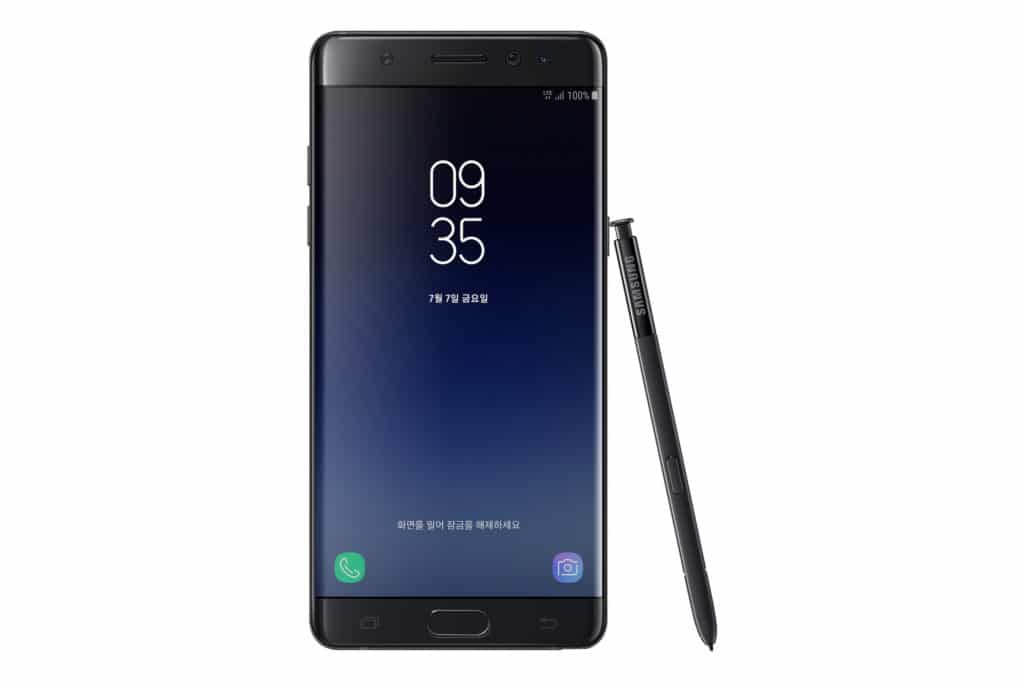
The Galaxy Note 7 fiasco has hurt Samsung’s bottom line big time. The company reported a 96% drop in its quarterly operating profit on a yearly basis, with its share prices dropping to 2014 levels. Worse, without any upcoming flagship handset, Samsung will have to get by this holiday season by selling its six months old Galaxy S7 and S7 edge.
While the Galaxy S7 and S7 edge are excellent devices by all means, six months is a long time in the tech world and consumers looking to buy a new smartphone are unlikely to go for a six months ‘old’ smartphone. On the positive side, the Samsung Galaxy S7 and S7 edge are on track to become the best-selling smartphones for Samsung ever surpassing the record that was held by the Galaxy S4 previously.
To put behind the Galaxy Note 7 debacle, Samsung is focusing on its next flagship, the Galaxy S8. Due to be launched in the second half of the first quarter of the year — like at MWC 2017, the handset would feature “slick design and an improved camera, as well as an enhanced artificial intelligence service” as revealed by Samsung’s mobile communications vice president, Mr. Lee.
Samsung is also busy finding the reason behind why its Galaxy Note 7 was exploding in the first place. While the company initially put the blame on faulty batteries supplied by Samsung SDI, it soon turned out that was not the case which eventually led Samsung to kill the Galaxy Note 7 completely. Now, the company is working with its suppliers and regulators to study “every aspect of the device, such as its hardware, software and manufacturing processes” to determine the cause of the explosion. Mr. J. K. Shin, Samsung’s co-chief executive, has also promised to share the findings of the company in an “open manner.”
[Via WSJ]














